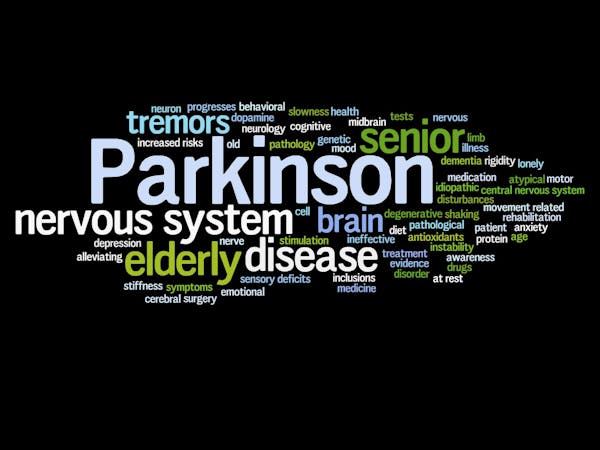
Why do you need to EXERCISE?
Research shows that exercise is important for Parkinson’s patients:
- It changes the course of the diagnosis and slows progression; it can even reverse some symptoms.
- Exercise promotes neuroplasticity--the ability of the brain to form new connections--it’s like muscle memory that improves the skill with practice.
- Exercise increases secretions of trophic factors, chemicals that nourish brain cells.
- Exercise in midlife appears to reduce the later risk of getting Parkinson’s.
- Aerobic exercise reduces the risk of physical and cognitive decline. Studies have shown that exercisers have an increased volume in certain areas of the brain, including the cerebellum, which is important for coordination, the cortex, which is essential for planning and executing movements, and the hippocampus, which is vital to memory.
- Aerobic exercises have shown improved brain connections on MRI and CT scans, increasing dopamine reception.
How do you start?
Seeing a physical therapist specialized in treating Parkinson’s patients is the best choice. You may also work with a personal trainer or find a group class for exercise.
Most importantly you should find a type of exercise you ENJOY. Any exercise is beneficial. Some examples:
- Tai Chi or yoga for balance and breathing
- Dancing or boxing for coordination, agility, and balance
- Cycling, walking, or running for aerobic conditioning
- Online classes
There are five stages of Parkinson’s disease; it doesn’t matter what stage you are in, exercises can be adapted for sitting, standing and even lying down. The most important aspect is moving!!

How Much Intensity?
There are two ways to monitor your intensity during exercise: Perceived Exertion and Target Heart Rate.

By Perceived Exertion: Perceived exertion is how hard you feel like your body is working. It is based on the physical sensations you experience during physical activity, including increased heart rate, increased breathing rate, increased sweating, and muscle fatigue.
Certain medications have side effects that influence your heart rate and make target heart rate calculations inaccurate. If you are on these medications, you should monitor exercise intensity using the perceived exertion scale.
Exercise benefits you the most when you work at a high intensity, in the “Really Hard” 7-8 range on the Borg Perceived Exertion Scale. That said, any exercise is better than no exercise! Work at a level that you can sustain, or try intervals. For interval training, you’ll alternate between really hard exercise and moderate exercise for the length of your workout.
By Target Heart Rate: The most beneficial intensity for exercises with Parkinson’s Disease is high intensity, with your heart rate between 80-85% your maximum heart rate. To figure this range use these formulas:
80% Target Heart Rate= (220 – your age) x .80
85% Target Heart Rate= (220 – your age) x .85
You can also use this online calculator to help you out:
Much of the disease is not in your control, but what is in your control is how physically fit you are when you tackle the disease. People who exercise do better over all.
**As with all exercises, you should check with your doctor before beginning an exercise regime.

